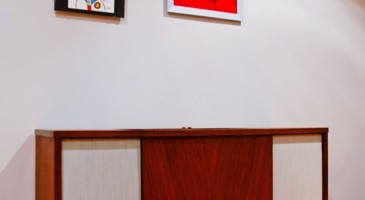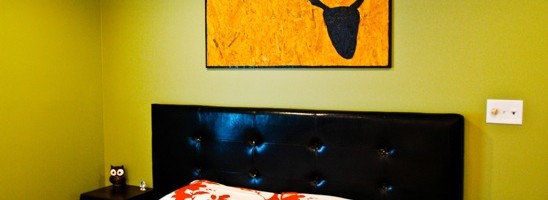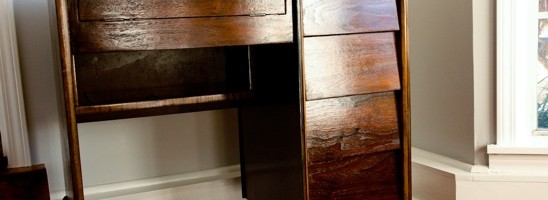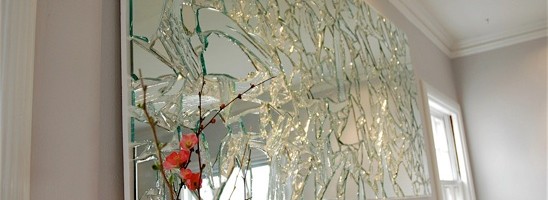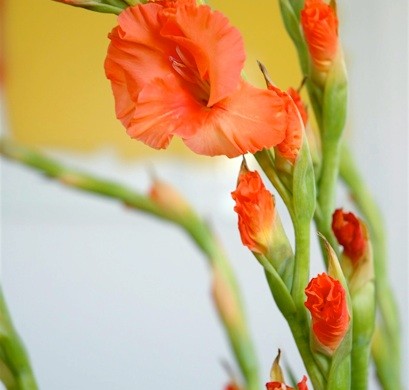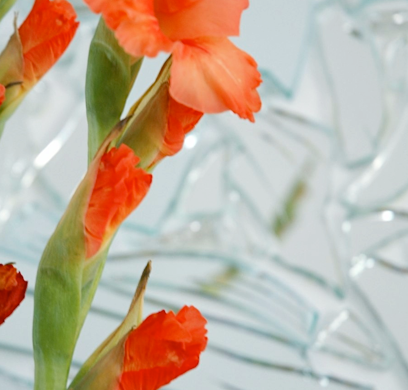Vintage Stereo Cabinet Redux
Biceps and I enjoy working out.
What I don’t enjoy are the ugly weights and yoga mats lying around my house. We don’t have a workout room where I can tuck all this away and shut the door.

I needed a solution for this debacle. I found said solution at Habitat for Humanity for $10 bucks. But, it needed a lot of work.($10 has seemed to be the magic number for me lately-that’s what my sewing cabinet cost, too!)

Picture in your cute little mind these being a pumpkin orange and the wood covered in gunk, spider eggs and stickers. I didn’t take a before picture, darn it, because I was too gung ho to get the project started and forgot to pull out the camera.
Forgive me, dear one. Forgive me.

The sides of the cabinet housed the speakers. We gutted the entire thing, removing the side walls that separated the speakers from where the record player sat, the speakers, the electrical components…the whole she-bang. This is also when I found the spider eggs. I almost had a panic attack

After gutting it, we installed 3/4” plywood to beef up the bottom and close up the backside.

Check that backside out. You like it, don’t you? I thought so.

We cut out plywood to fit where the stereo speaker covers used to be (goodbye pumpkin color) and covered them with some very cool vintage blue fabric. We also installed a clasp to connect this plywood piece into the main body of the stereo cabinet.

Here’s the receiver for the piece of plywood that is now covered in blue fabric. This allows you to remove the blue panels and have access to the sides of the stereo cabinet.

I found these legs at Lowe’s for $3 a piece and stained them to match the cabinet. I added a little sticky felt to the bottom so they wouldn’t scratch my sweet floors.

Lastly, I cleaned the entire thing using my special cleaning/furniture polish (3C olive oil to 1C white vinegar-mix in jar, use soft cloth to apply to furniture). It has brought life to the dullest piece of wood, is super cheap and ‘green’.

Fits secretly in here. My solution cost me a total of $22. I think that’s pretty freakin’ cool, don’t you?
